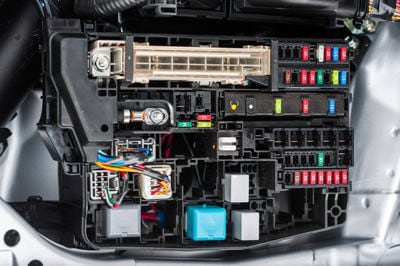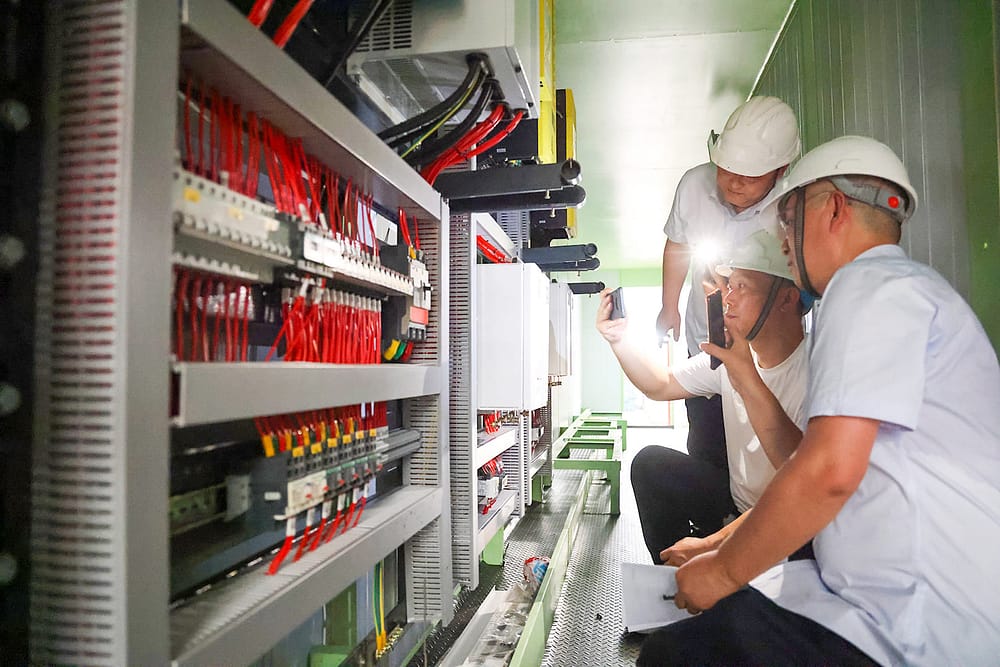Expert Solutions for Electric System Troubleshooting and Repairs
Reliable troubleshooting and fixing of electric systems require a methodical strategy, leveraging both progressed analysis tools and experienced know-how. Usual concerns such as circuit overloads and malfunctioning wiring demand prompt attention, yet the intricacies of electric systems can typically cover the underlying issues.

Typical Electrical Troubles
While electric systems are developed for reliability, they can often experience a variety of common problems that may interrupt functionality and security. One common concern is circuit overload, which occurs when a lot of tools draw power from a solitary circuit, bring about tripped breakers or blown merges. technical support for electrical industry. This can not just impede electrical efficiency yet also pose a fire threat
One more constant trouble is faulty circuitry, frequently due to age, wear, or inappropriate installation. Damaged or frayed wires can cause brief circuits, bring about interruptions or electrical shocks. Additionally, loosened links can cause recurring power loss, creating frustrating and potentially harmful situations.
Ground faults are an additional concern, particularly in damp or damp atmospheres where electric equipment is utilized. These mistakes can cause severe security risks, requiring instant focus to make certain proper grounding and circuit security.
Lastly, flickering lights can show issues ranging from overloaded circuits to malfunctioning light components. Identifying these common electric problems is crucial for preserving the integrity and safety of electric systems, guaranteeing they run successfully and successfully. Dealing with these concerns promptly can prevent more serious difficulties and boost total system reliability.
Diagnostic Devices and Techniques
Utilizing precise diagnostic tools and methods is important for effectively identifying and dealing with electrical system problems. Numerous instruments promote precise evaluations, varying from simple multimeters to sophisticated oscilloscopes - technical support for electrical industry. Multimeters are essential for determining voltage, present, and resistance, making it possible for service technicians to promptly pinpoint damaged parts or connections
Clamp meters are specifically beneficial for measuring present without interrupting the circuit, improving security throughout diagnostics. For more complicated troubleshooting, oscilloscopes permit for the visualization of electric signals over time, providing insights into waveform anomalies that may suggest underlying issues.
Along with these devices, infrared thermography is invaluable for spotting overheating elements, which can represent upcoming failings. Insulation resistance testers better aid in identifying jeopardized insulation, important for protecting against electric threats.
Strategies such as aesthetic examinations, connection examinations, and circuit tracing are likewise essential to an efficient analysis process. By combining these tools and strategies, specialists can create a thorough understanding of electric systems, making certain precise diagnoses and effective repair services. Eventually, leveraging the ideal diagnostic resources not only improves troubleshooting effectiveness however likewise contributes to the long life and safety and security of electrical setups.
Step-by-Step Troubleshooting Guide

Following, utilize analysis tools such as multimeters and circuit testers to check for continuity, voltage, and current flow in the circuit. Beginning at the source of power, confirming that it is operational, then map the circuit action by action, checking each element in the process. File your findings to maintain clearness throughout the procedure.
Once you have determined the malfunctioning part, separate it from the circuit. Perform required repair services or substitutes, making certain that all circuitry and links are secure. After dealing with the issue, recheck the whole system to verify that it operates correctly.
Safety Preventative Measures Throughout Fixings
Making sure security throughout electrical repairs is paramount to stop crashes and injuries. Prior to beginning any type of work, it is important to switch off the power supply at the breaker and validate that the circuit is de-energized using a reputable voltage tester. Personal Get the facts protective equipment (PPE), consisting of shielded handwear covers and safety goggles, should be put on to minimize the risk of electric shock check this and eye injuries.
Additionally, maintaining a clutter-free office is important. Ensure devices remain in good condition and ideal for the tasks handy. Using tools with insulated handles can even more improve safety and security. It is additionally important to stay clear of working with electric systems in wet or moist conditions, as dampness considerably raises the danger of electrical shock.
Additionally, recognize the surroundings. Protected loose clothes and connect back long hair to stop any complexity with electric components. When collaborating with high voltages, consider having a second individual existing to assist in situation of an emergency situation. Acquaint yourself with the particular electric codes and regulations appropriate to your location to ensure compliance and security throughout the repair process.
When to Call a Professional
While security precautions are important for any type of electrical repair, there are situations where the complexity or scope of the work necessitates the proficiency of a professional electrician. Property owners should be particularly cautious when dealing with concerns that entail breaker, electric panels, or the primary power supply. Any type of indications of electric fires, such as burned smells or flickering lights, warrant prompt specialist focus.
In addition, if you run into persistent tripping of circuit breakers or additional resources constant electric rises, these might show underlying issues that call for specialized diagnostic tools and expertise. Jobs that require substantial rewiring, installation of new circuits, or connections to high-voltage systems must always be left to qualified electrical experts, as incorrect handling can lead to extreme risks.
In addition, regulatory compliance is critical in electrical job. Specialists are familiar with regional codes and guidelines, making sure that all repair services meet security criteria.
Conclusion
In final thought, efficient troubleshooting and fixing of electric systems need a systematic strategy, leveraging innovative diagnostic tools and adherence to safety and security precautions. By identifying usual electrical problems and using a structured troubleshooting guide, lots of problems can be resolved successfully.